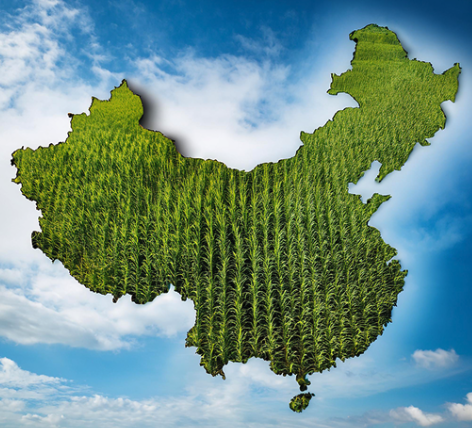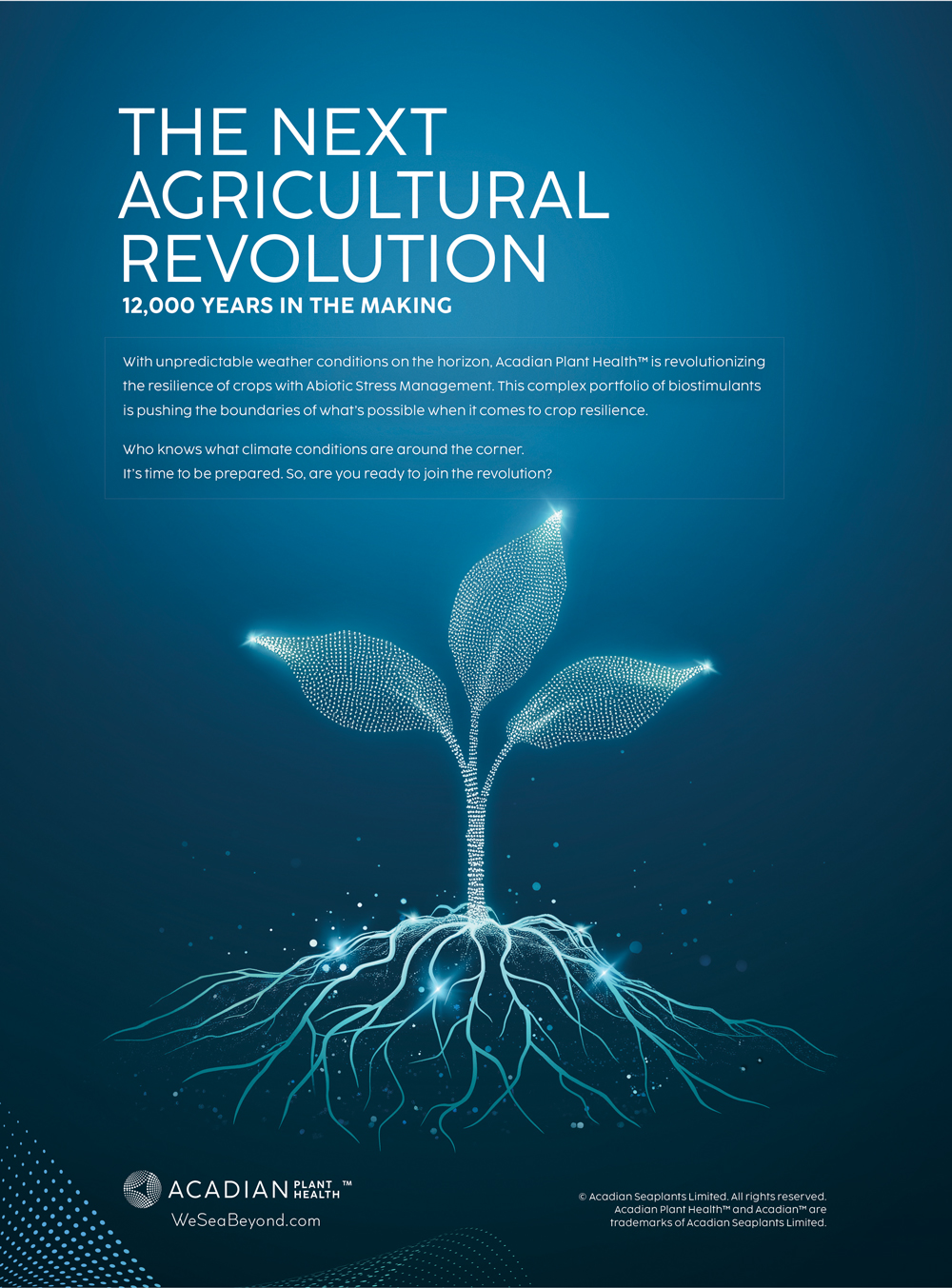China: Global Biological Powerhouse or Not?

Scroll Down to Read
By Renee Targos
As government regulatory bodies ban synthetic chemicals and funding is being poured into global regenerative agriculture initiatives, this shift is pushing Chinese crop protection companies to diversify portfolios to meet growers’ needs. This move to biologicals is also supported by the Chinese government’s emphasis on sustainability goals.
“China has been fast tracking their biologicals for many years now. They’re moving quite quickly,” says Peter Chalmers, Senior Partner for Accumont, a biological and ag tech consultant company. “Where you see regions where regulatory enables biological companies to get market entry, you see growth in biologicals. This market entry allows companies to get knowledge. Once a company builds a base of experience, they can bring that to other countries.”
Companies like Rainbow Agro are offering biologicals along with crop protection products. A Rainbow Agro spokesperson says the company’s biologicals launch required “adaptability, innovation, and alignment.” The company developed a different approach to creating, selling, and producing products.
“Biological solutions demand a fundamentally different approach, transitioning from a product-centric to a grower-centric model. Understanding growers’ needs, challenges, and experiences becomes more critical than ever, surpassing the focus traditionally placed on conventional crop protection,” says the Rainbow Agro spokesperson. “Human capital plays a pivotal role in this transformation. Whether in R&D, innovation, or local technical and sales teams, being closer to growers’ realities is essential for ensuring success.”
A Biological Powerhouse
China’s crop protection manufacturers’ biggest strengths lie in their production capabilities and supply chains, and the decades of lessons learned from the chemical market.
“They potentially could be a global powerhouse in biologicals,” says Chalmers. “China’s chemical market, which has played out over the last 20 or 30 years, has brought China to the position that they’re in now. They can bring that knowledge of what’s happened in the chemistry space and apply it to the biological space.”
However, some of the challenges of mass-produced biologicals, especially for microbials needing fermentation, is the difficulty of scalability.
“I think the big issue for the biologicals, unless it’s a natural product or a specific chemical component of the biological system, is that it’s an organism,” says Chalmers. “Each organism is different. There aren’t generic biological products. Each strain is slightly different. A Bacillus thuringiensis (Bt.) from China will be different from the Bt. from the U.S. It’s not like glyphosate. The Bt. strains have different properties, activity, and results. It’s much more complicated, which means there needs to be innovation and differentiation.”
Rainbow BIO spokesperson says its accomplishing “scalable innovations” through its Innovation Hub platform. The Innovation Hub amps up communication and unites “strategic partners, technical experts, and specialized teams across R&D, portfolio management, and marketing” so it can work out problems and solutions for understanding growers’ needs and tailoring products for different markets.
Biostimulants Boom
Global agrochemical multinational Syngenta entered the biostimulant sector through acquiring Valagro in 2020 and funded R&D at its Soil Research Center in Stein, Switzerland and its LaSalle Soil Health Research Center, in Weld Country, Colorado, U.S. The company recently announced a collaboration with TraitSeq, an artificial intelligence company, for the development of biostimulants.
Chinese companies, like Sino-Agri, offer crop protection products and started expanding its portfolio with biostimulants a few years ago. Sino-Agri introduced more than 10 biostimulants and crop nutrition products from Italy and Spain. In the future, the company plans to introduce biostimulants and crop nutrition products from countries such as France, Canada, and Turkey.
“As China’s agricultural practices adapt to changing environmental conditions, biostimulants have emerged as a green and safe input solution, driving growing market demand,” says Baiji Huang, General Manager, Sino-Agri Leading Bioscience Co., Ltd.
Huang continues, “Research estimates that the Chinese biostimulant market will reach 2.5 billion RMB in 2024, with a compound annual growth rate exceeding 15%. Looking ahead, advancements in biotechnology and chemical technology are expected to diversify biostimulant products and functionalities, catering to the needs of various crops and growth stages, thereby further accelerating market expansion.”
Future Products
With Chinese companies investing in biologicals, Chalmers sees great potential from future products. “China has got a number of products in terms of innovation that have not been adopted outside of China,” says Chalmers. “I think that is the big opportunity. There’s a few political things that are happening with recent elections that might cause complications. But for the long term, I think everyone should be keeping an eye on China. They’re very active in the biological space. They’re very active in the new chemical AI space as well. So there are opportunities for those companies that are agile and flexible.”
Biologicals: Challenges and Opportunities in a Growing Sector |
|
|
Piyatida “Tung” Pukclai: knoell


